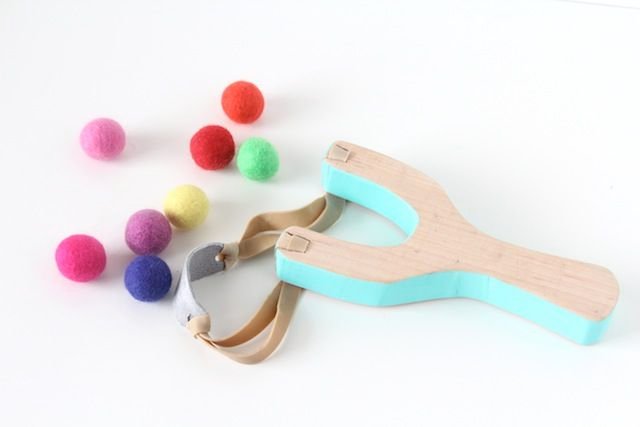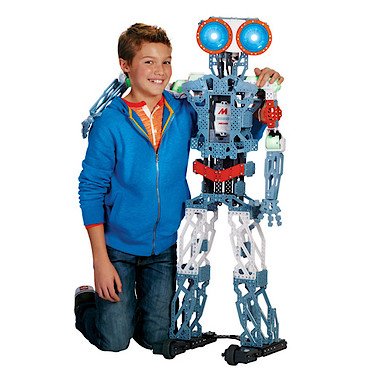Many of us use some of these toys at least once when you were a child. But there are those who still today draw inspiration to solve real problems ...

Credits
Rubik's cube- Born as a scientific pastime, then became a toy, invented by Hungarian, the cube-puzzle also gave work to mathematicians to understand the different permutations that could take its 54 minifrices (4.3 x 1019)

Credits
Sling - It is an ancient and yet current game. Even the famous digital game Angry Birds, in fact, uses the ballistic principles that allow a projectile to hit a target. A pleasure so tantalizing, that some fans have put on the Net the instructions necessary to build a real slingshot, equipped with an accelerometer and an elastic sensor, to be connected to the computer.
Credits
Meccano-The modular structures proposed to children have been developed by engineers and architects. In the Thirties pieces of the Meccano were used to build analog computers used to solve differential equations. With Col Meccano in 2009 a bridge was erected on the Liverpool Pier Head (a 23 meters long structure).
Credits
The cheerful surgeon- The principle of this old game (ie "operating" a fake patient to test how much the hand stays still) is used today in the tools with which real surgeons learn to perform the most complex operations.
Credits
Hot Wheels-These circuits for cars are built according to rigorous physical principles, which allow the cars to "go around death". A principle that works in full scale: a real 20 meters high track was built at the X Games 2012 in Los Angeles. It worked!
Credits
Lego Mindstorms Nxt- The most complex kit of Lego contains real components to build a small robot that you need to design the computer and then be able to realize (programmable bricks, electric motors, sensors, gears, a gyroscope, etc ...). For the development of this game, some Mit researchers have been involved in the study of new programming languages. It is also often used in universities for "practical" robotics lessons.
Credits
Slinky spring - The spring that makes the stairs and seems to "walk alone" was born by mistake: it was made by a naval engineer Richard James who was trying to build stabilizers for navigation instruments. It is the same type of spring still used today to explain wave properties (and in particular inelastic reflection) to high school students.
Gif by @nitesh9






@zublizainordin says this is an interesting post by @afifa a good Writer.
This toys remind Me of the days I was young. And still young at heart I am pursuing Big Boys Toys...
#zublizainordin
#teammalaysia
A real life sized hot wheels track! My dreams have all come true.
Have a great weekend afifa
Congratulations! This post has been upvoted from the communal account, @minnowsupport, by afifa from the Minnow Support Project. It's a witness project run by aggroed, ausbitbank, teamsteem, theprophet0, someguy123, neoxian, followbtcnews/crimsonclad, and netuoso. The goal is to help Steemit grow by supporting Minnows and creating a social network. Please find us in the Peace, Abundance, and Liberty Network (PALnet) Discord Channel. It's a completely public and open space to all members of the Steemit community who voluntarily choose to be there.
If you would like to delegate to the Minnow Support Project you can do so by clicking on the following links: 50SP, 100SP, 250SP, 500SP, 1000SP, 5000SP. Be sure to leave at least 50SP undelegated on your account.
good post friend I liked a lot I hope you can see my last post, I'll follow you